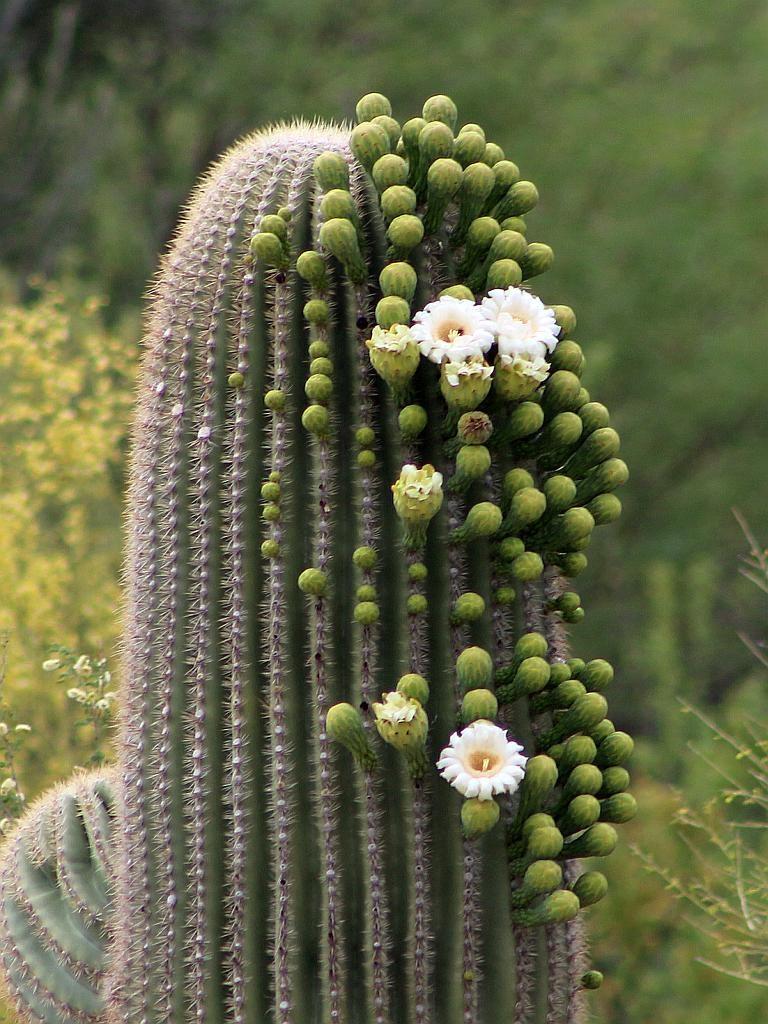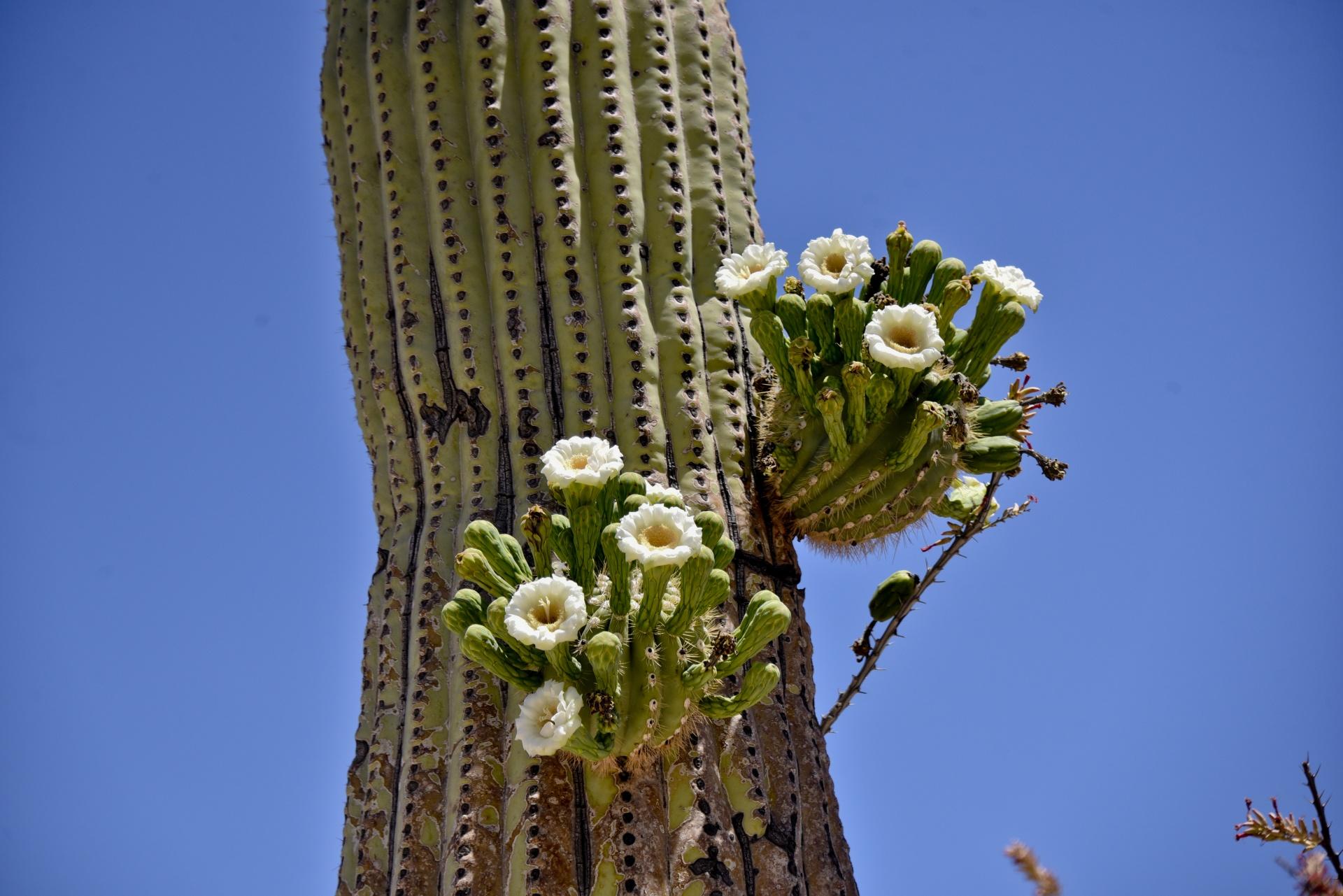Cactus flowers will bloom when their plant receives enough light, water and nutrition to support growth. Without these three essentials, cactus will flower less frequently.
Cacti thrive in bright morning sun. However, they can also flourish indoors where there is all-day illumination or a spot with south-facing windows.
Temperature
Cactus flowers typically bloom in the springtime, though some species also bloom during summer. While each flower is uniquely shaped and colored, they all share a stunning beauty.

Before flowering, plants must go through a period of dormancy that can last anywhere from two months up to four. During this time, they withhold water and fertilizer and move into cooler climates with plenty of sun exposure.
Once your plant comes back to life, regular watering and fertilization will be necessary. As it begins to expand and bloom, gradually increase the amount of water provided.
Cactus plants may seem relatively low maintenance, but they do require some special care during their blooming season. Proper temperature, light and water are all essential for getting your cactus to bloom.
Light
Cactus flowers come in an array of shapes, sizes, colors and textures depending on the species, care conditions and age of the plant.

Most flowering cacti bloom in the spring, though some species can bloom during summer as well. The length of day plays an important role in when these desert plants will bloom.
Cacti typically require 13 hours of darkness each night to initiate flower buds. Unfortunately, light from street lamps, cars and indoor lighting can disrupt this natural cycle.
Winter is when most cacti enter a dormant phase. During this time, they redirect their energy from growth towards bud formation.

Watering should be withheld during this period; resume watering in early spring for optimal blooming success.
Water
Cactus flowers typically bloom once a year during early spring or late summer when day length is long enough for the plant to grow and produce its flower buds. Some cacti are more prolific bloomers than others.
Rebutia, Lobivia and Echinopsis produce some of the most stunning cactus flowers. These stunning blooms last only a short time and often emit sweet aromas such as vanilla or other sweet scents.
Bats or moths often pollinate these flowers, making them very easy to take care of and leave on the window sill without worry about wilting.
To encourage your cactus to bloom, place it in a sunny location with plenty of direct sunlight or use a grow light. Desert species like Carnegiea gigantea (which can grow up to 50 feet tall) often start flowering around mid-May or June when temperatures regularly reach 100 degrees Fahrenheit.
Fertilization
Cactus flowering can be enhanced with regular application of liquid cactus fertilizer, starting in spring. As blooming takes a lot of energy, giving your plant extra nutrients will help encourage them to produce flowers more prolifically.
Fertilizer should contain nitrogen, phosphorus and potassium for growth; phosphorus helps with root development while potassium assists with cell formation.
Organic fertilizers are a popular option due to their natural composition and slow release of essential nutrients for plants. These essential elements come from sources such as manure, compost or leaves derived from animals or plants.
Inorganic fertilizers are another option and work faster to release essential nutrients for your cactus plant. They contain high concentrations of nitrogen, phosphorus and potassium and come in form of water-soluble powders, granules or concentrates that can be easily applied.








